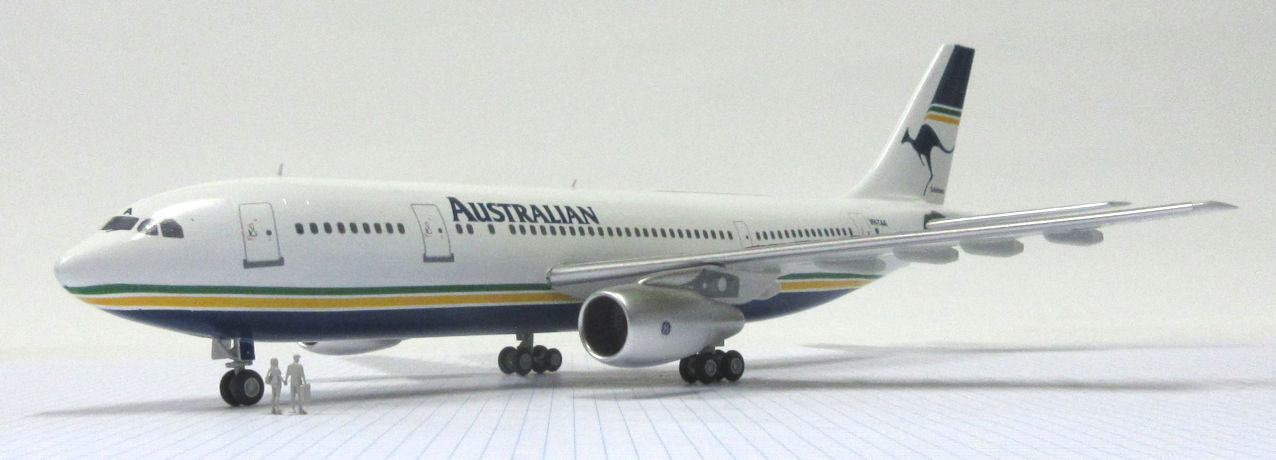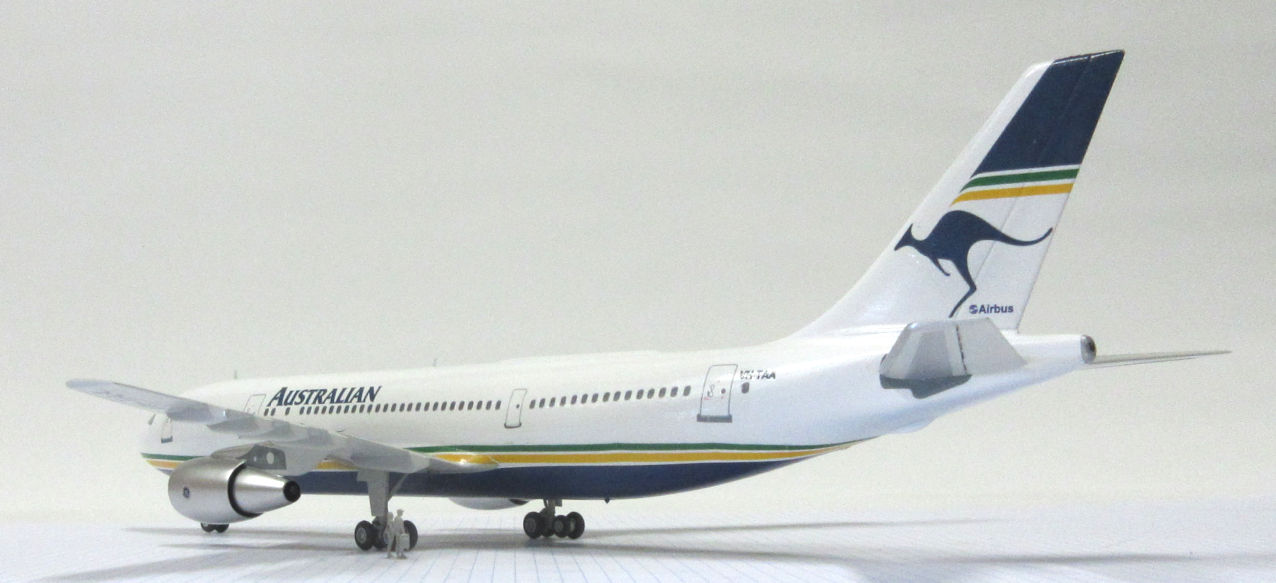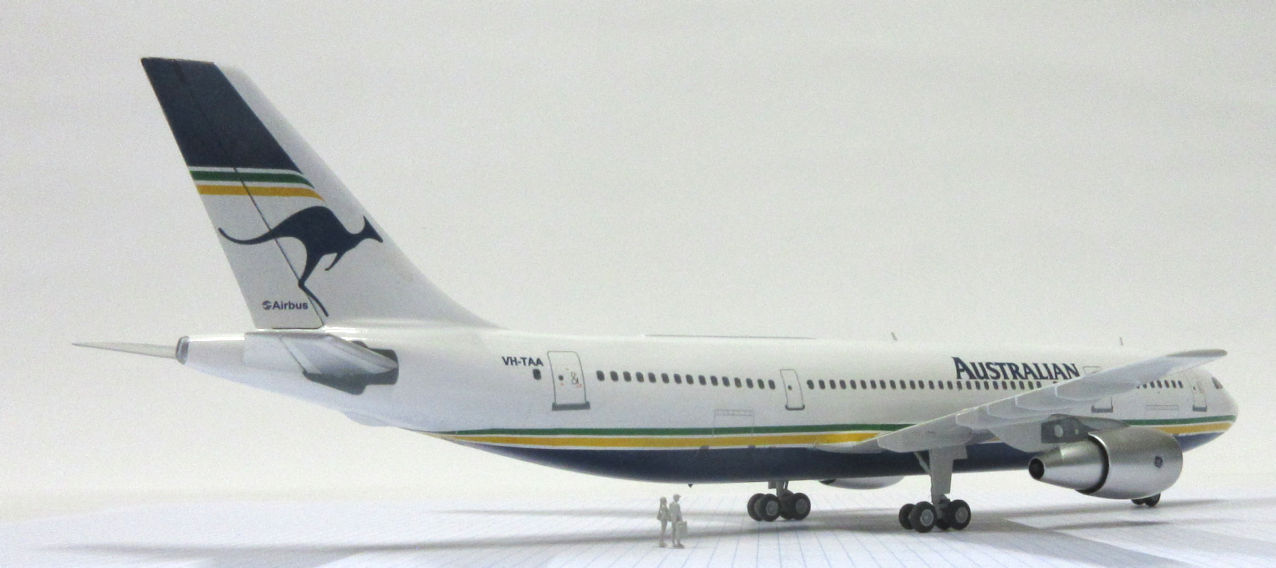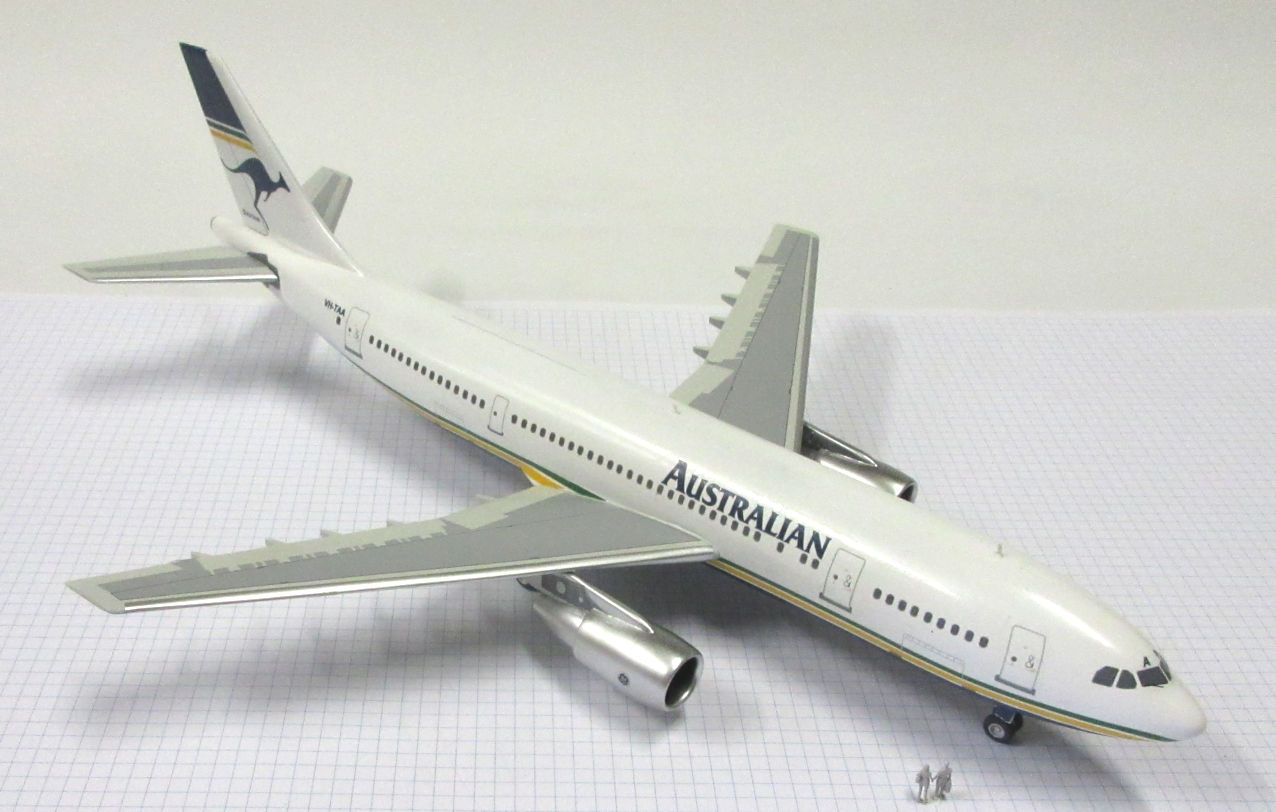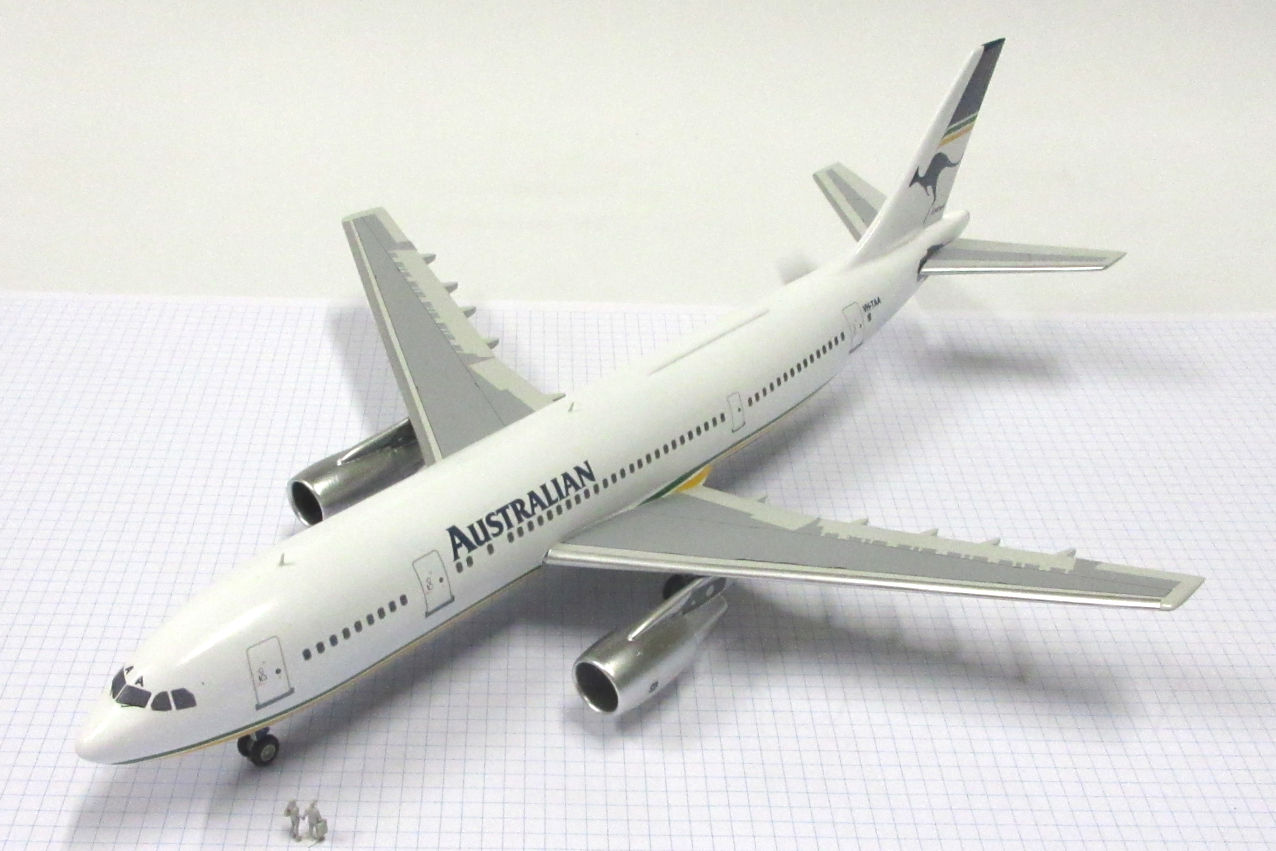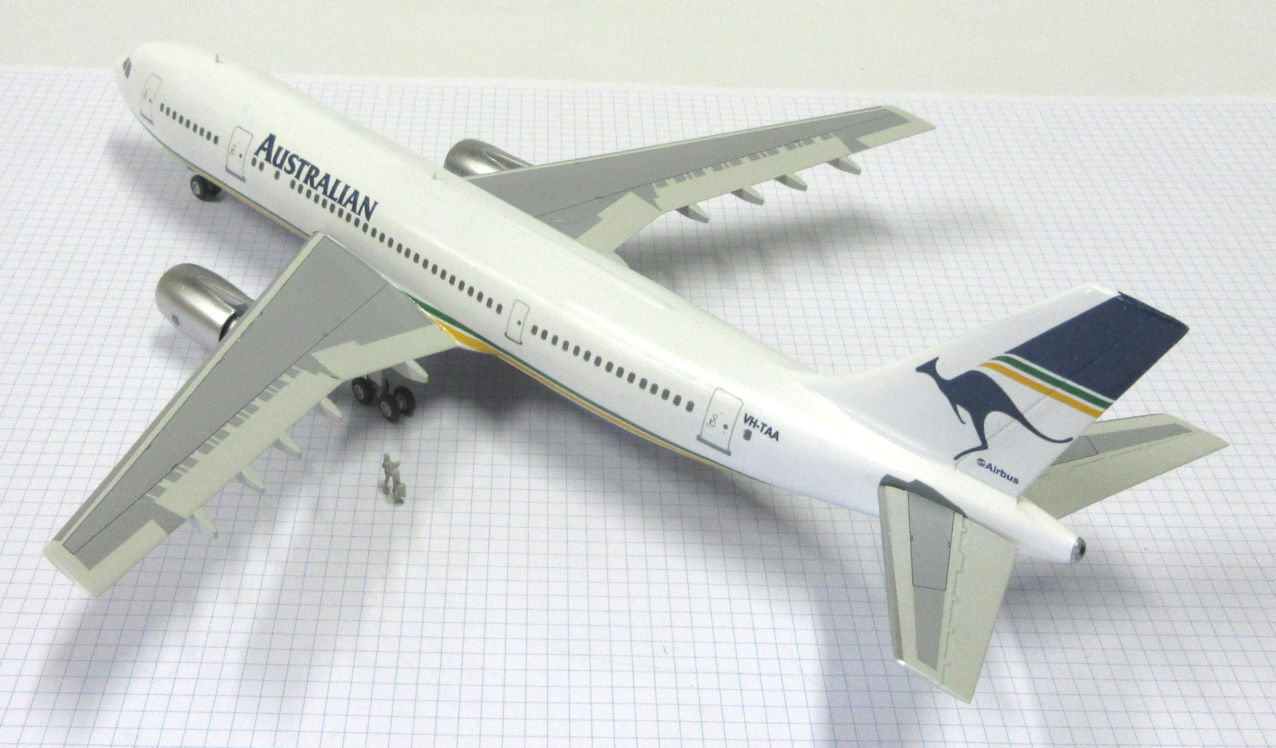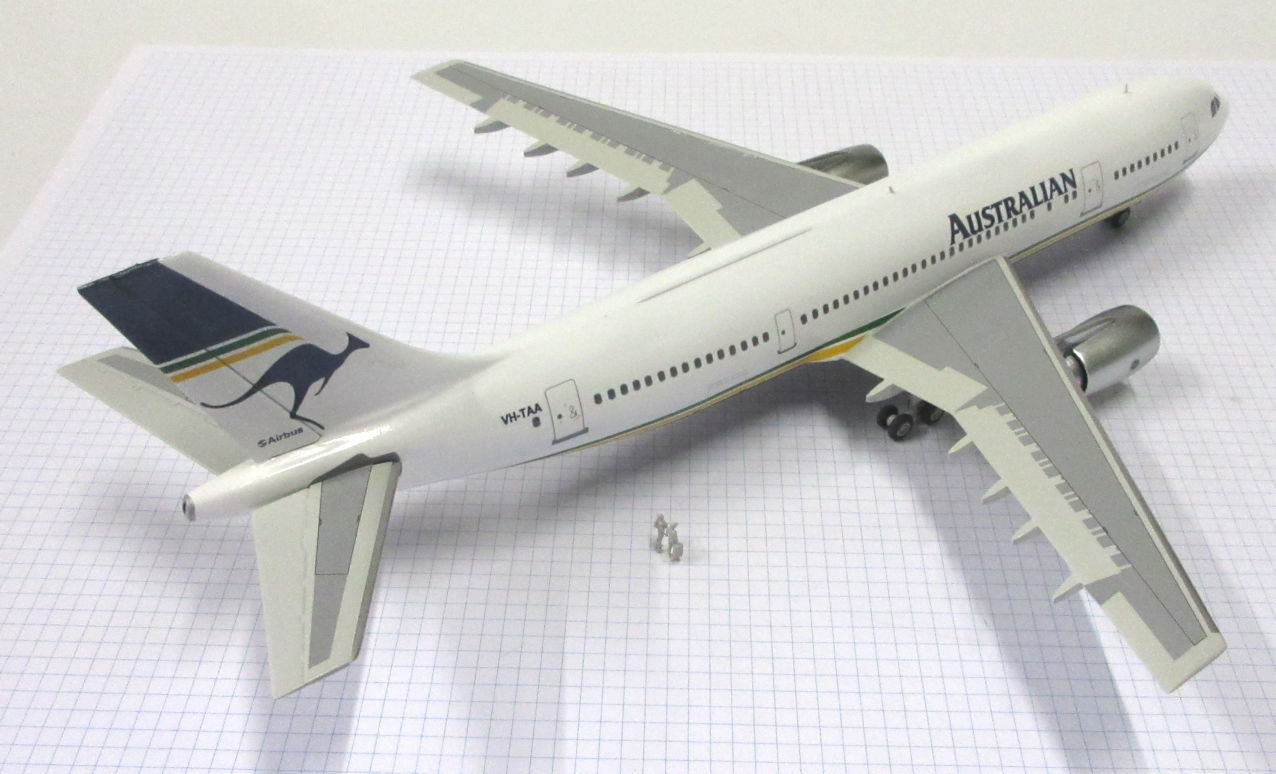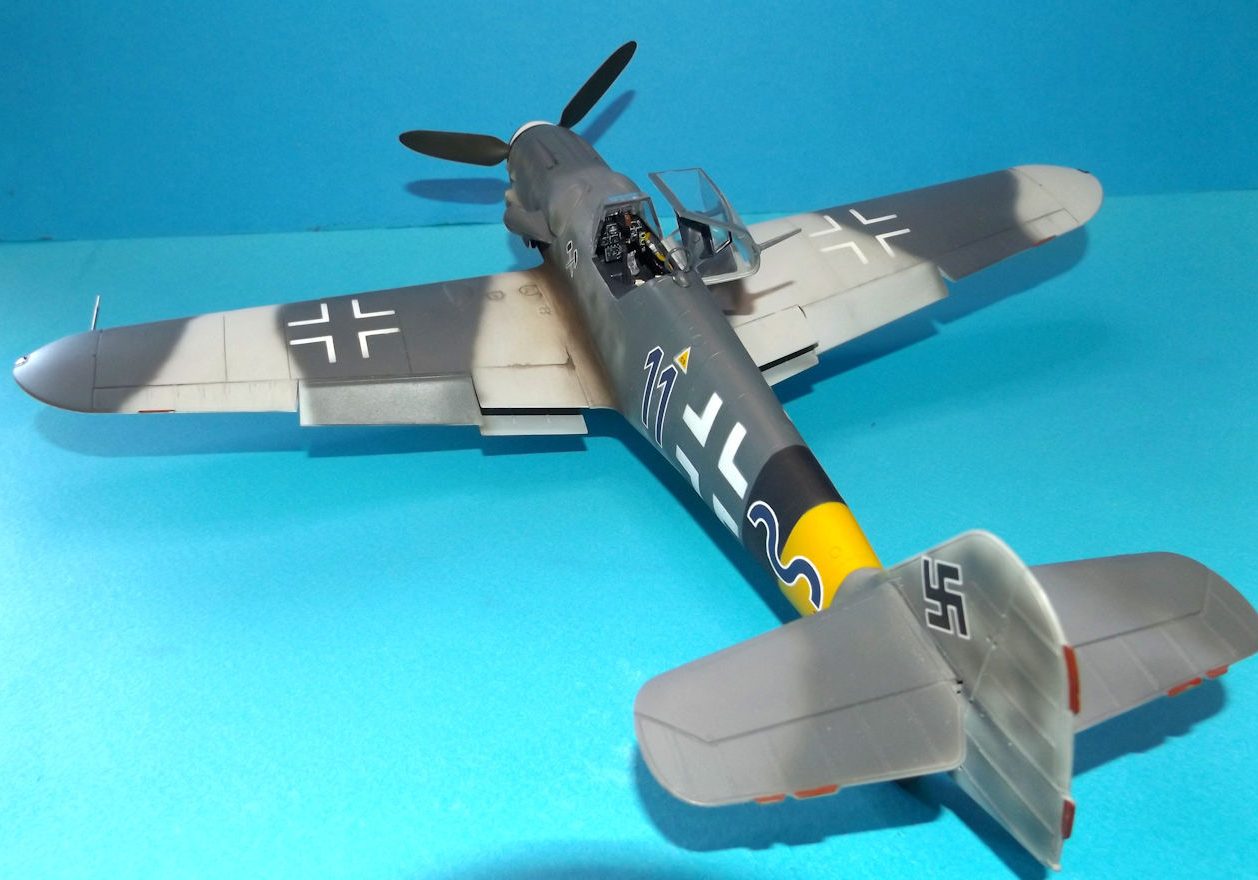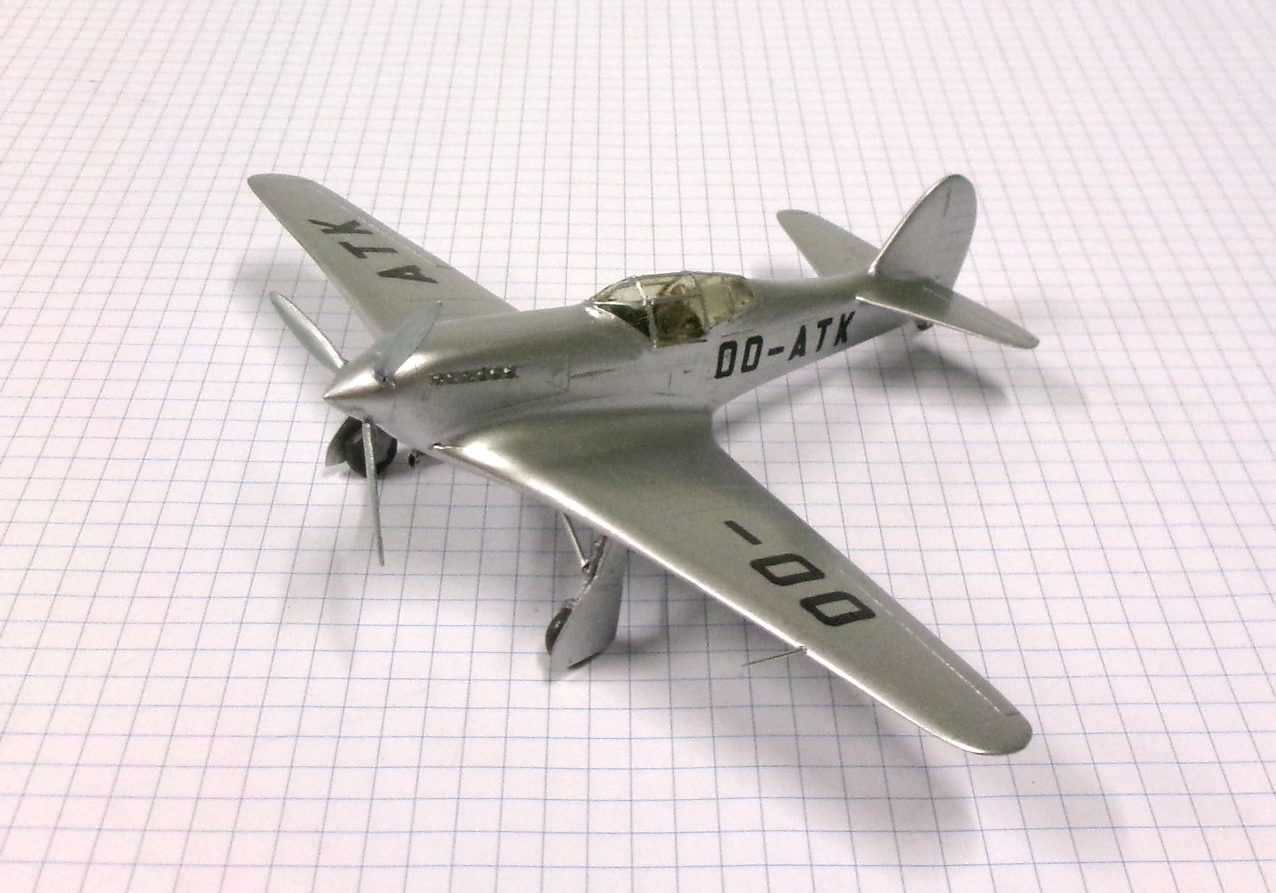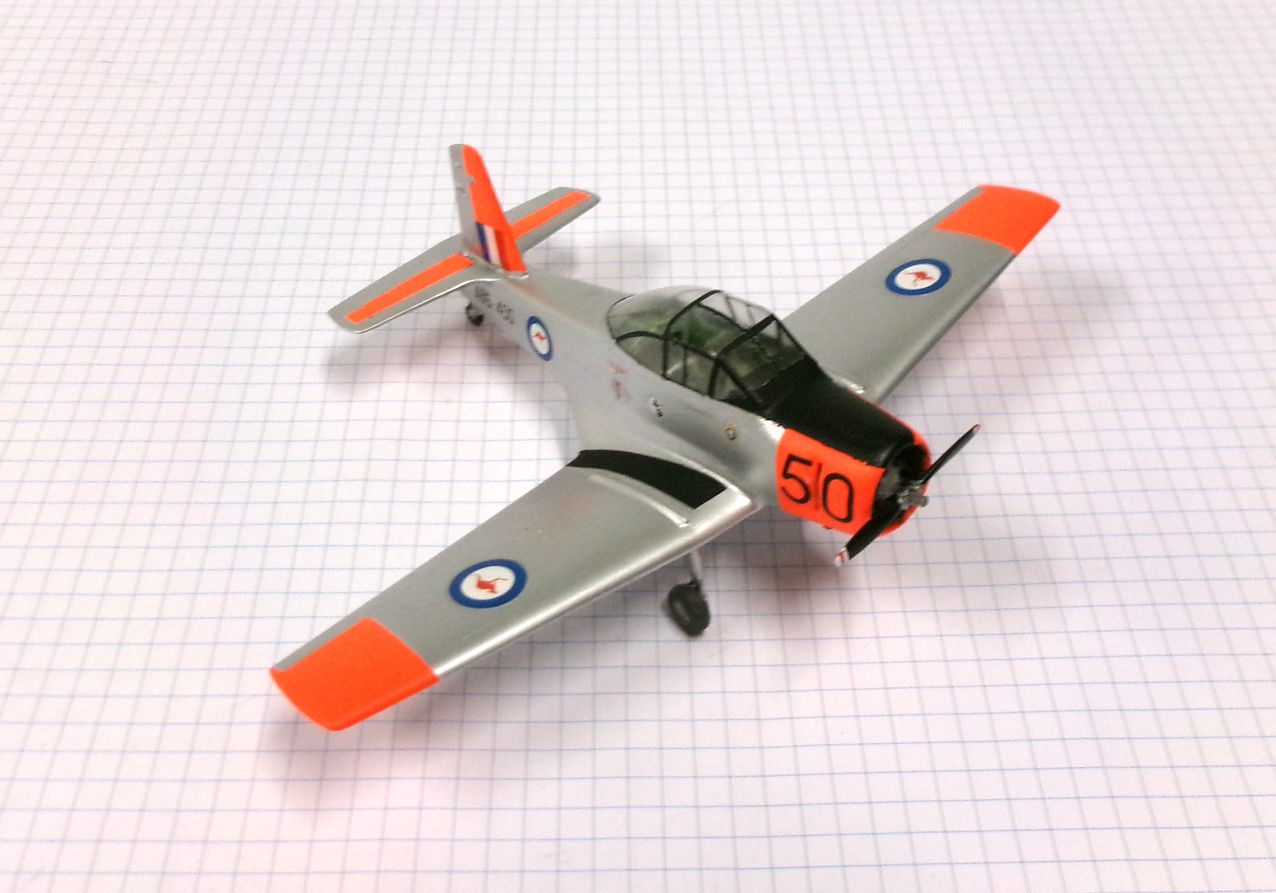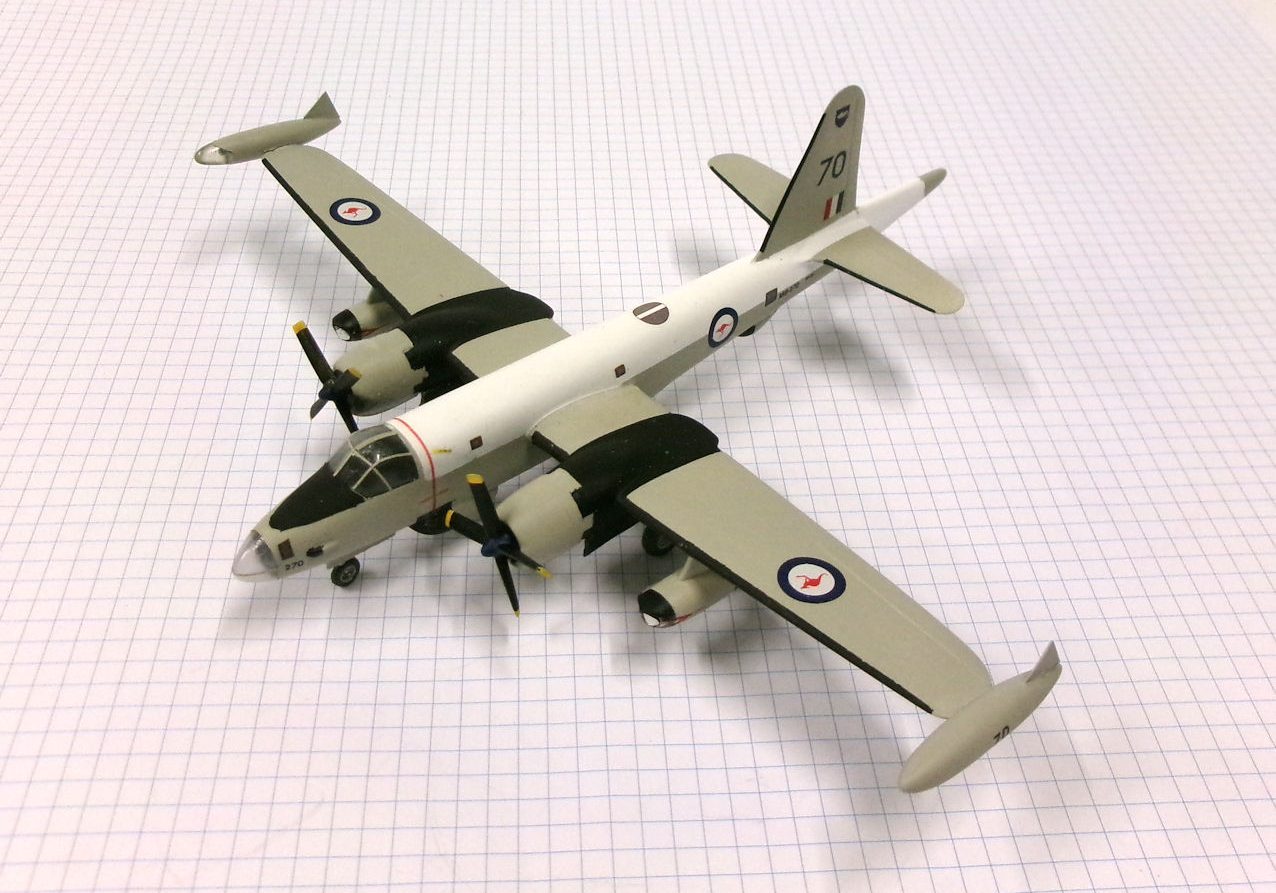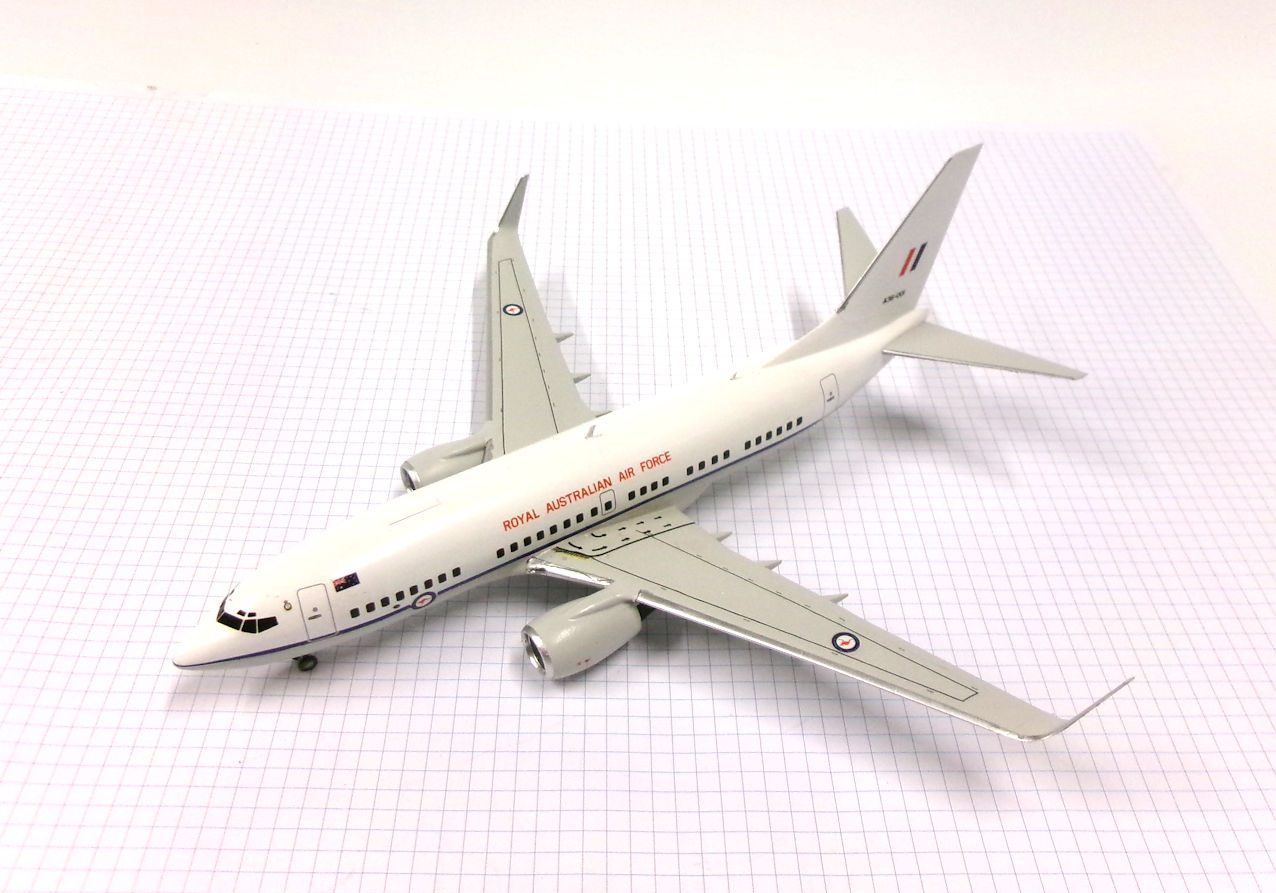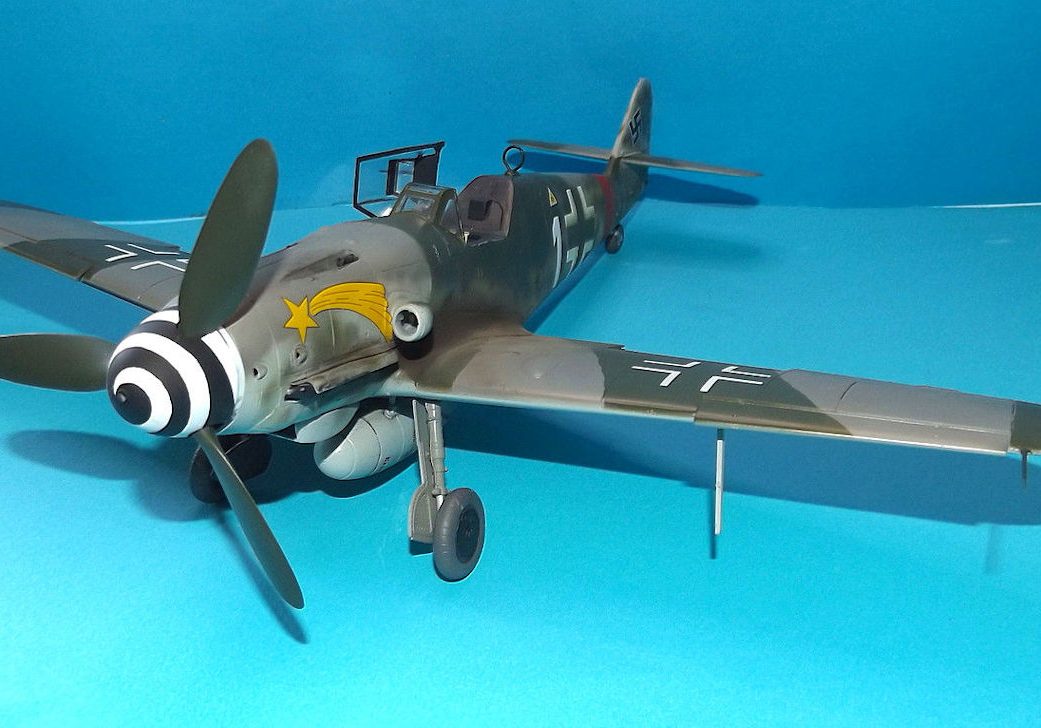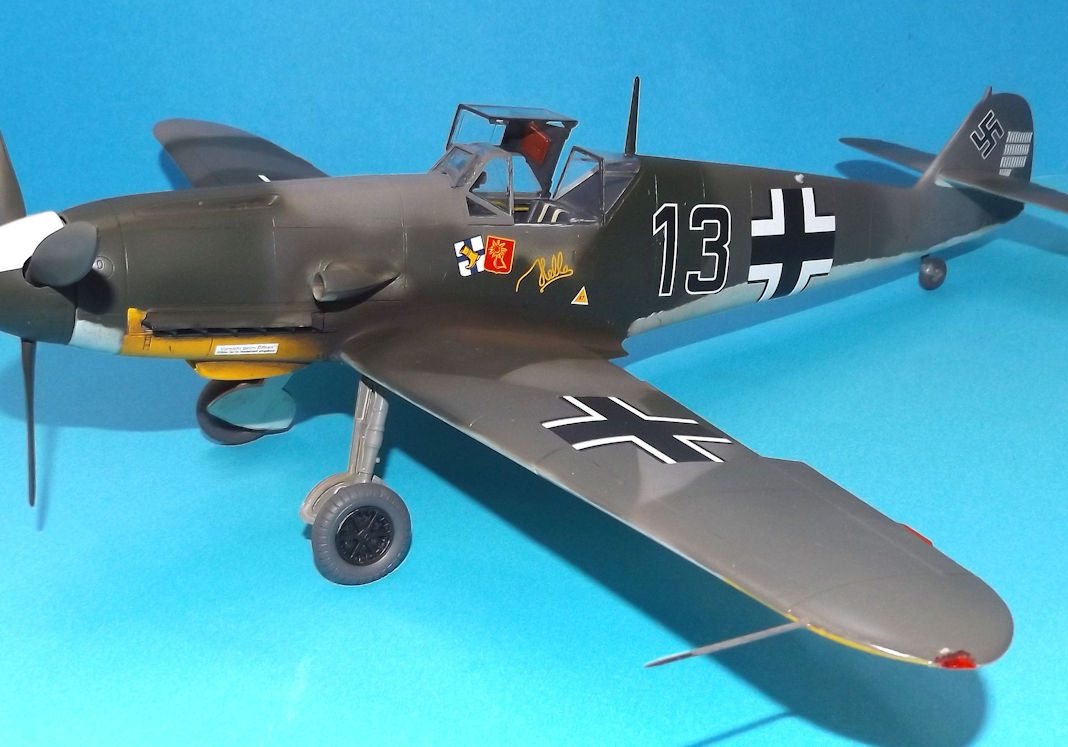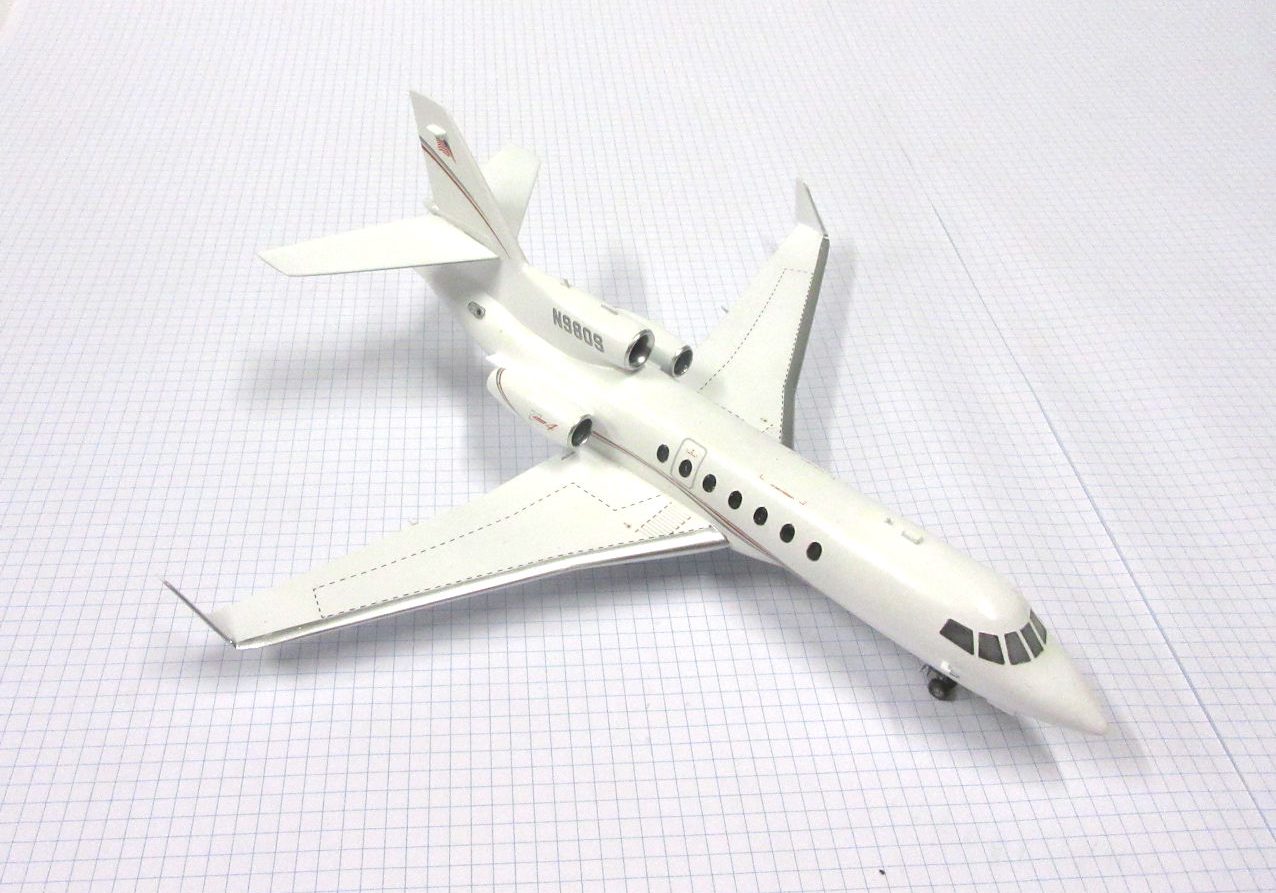History
The Airbus A.300 was the first design of the European construction consortium established to compete with American airliner manufacturers. It introduced wide body services to Australian domestic flights in the 1980s
The Airbus A.300 was the first airliner designed and built by a consortium of European aircraft manufactures.
The first A.300 made its first flight on 28 October 1972. Sales were slow initially but when production ended in 2007 a total of 561 had been made.
TAA ordered four A.300s in 1974 and the first one, VH-TAA was delivered in 1981.
Due to declining passenger demand it was leased to other airlines during the 1980s and when it was returned in 1989 TAA had been rebranded as Australian airlines. That airline was later sold to Qantas
This model represents VH-TAA flying in Australian Airlines livery between 1989 and 1993.
Airfix 1/144 kit with Hawkeye decals completed by Leigh Edmonds in July 2019.

